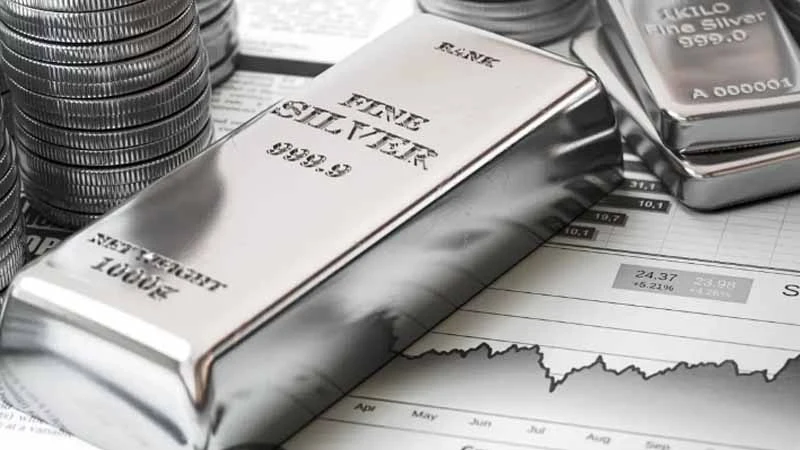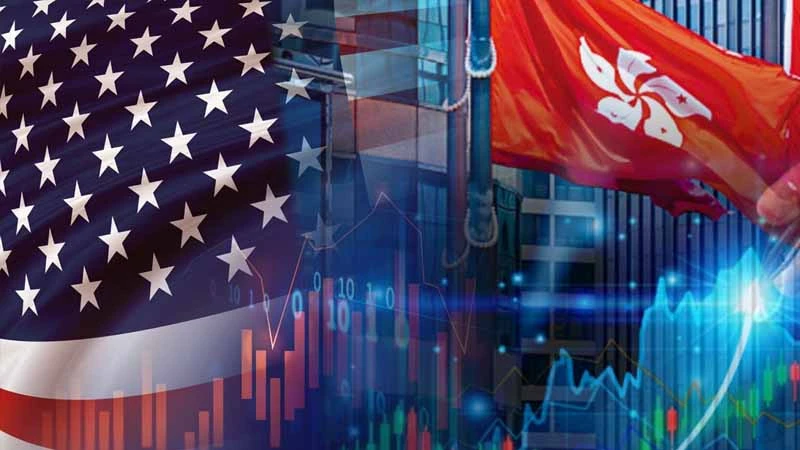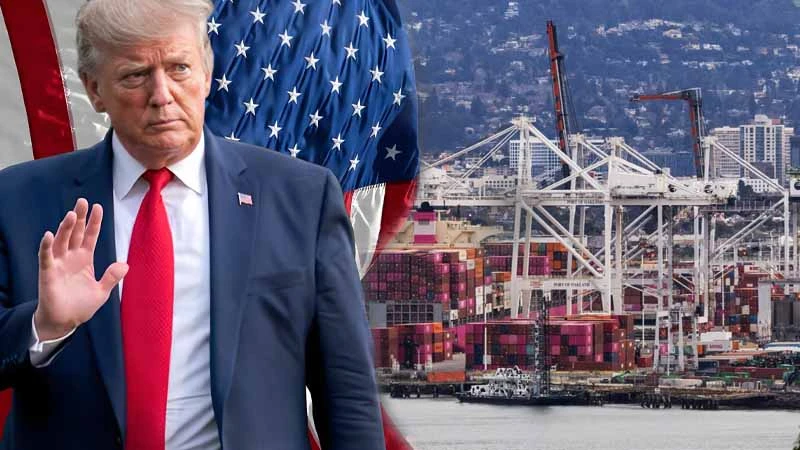Silver Price Trend Analysis: Short-Term Volatility Increases, Market Focuses on Supply and Demand Changes
Recently, silver prices have continued to climb, attracting widespread market attention. In mid-February 2025, silver briefly broke through the 33 US dollars per ounce mark, reaching a near four-month high. Investors and industry participants are closely watching the future trend of silver prices, seeking answers from factors such as market supply and demand as well as the policy environment.
Market Supply and Demand Changes Driving the Short-Term Upside of Silver Prices
With the gradual recovery of the global economy, the rebound in industrial production activities has boosted silver demand, becoming an important driver of the recent rise in silver prices. As a precious metal with extensive industrial applications, silver plays an indispensable role in industries such as photovoltaics, electronics manufacturing, and medical devices. According to data from the Silver Institute, global industrial silver demand reached 540 million ounces in 2024, an increase of about 8% compared to the previous year, and it is expected to maintain its growth momentum in 2025.
In addition, heightened safe-haven sentiment has also supported silver prices. Owing to geopolitical tensions and persistent global inflationary pressures, investor demand for physical asset allocation has increased, driving up investment demand for silver. According to statistics from the Chicago Mercantile Exchange (CME), silver futures open interest rose by about 12% from January to February 2025, reflecting bullish market expectations for silver prices.
Policy Environment and Trade Tariff Uncertainty Disturbing the Market
Recent US trade policy developments have become an important factor affecting silver price volatility. The market had previously expected the US to impose additional tariffs on certain imported products. Although specific measures have been postponed to March, the news has already sparked market concerns, further driving silver prices higher. Meanwhile, the phase of dollar index weakness has also provided some support to silver prices.
On the other hand, the market is also focused on the monetary policy paths of major economies. If the Federal Reserve initiates rate cuts within the year, the opportunity cost of holding non-yielding assets may decline, indirectly benefiting silver prices. However, if rate cuts are delayed, silver’s upward momentum may be restrained. Therefore, policy uncertainty will continue to shape market sentiment.
Market Outlook: Silver Prices May Remain in High-Level Volatile Trading
Overall, silver prices are likely to maintain high-level volatility in the short term. Growth in industrial demand and safe-haven sentiment supports the upside in silver prices, but policy variables and rising market volatility will also bring certain pressures. Investors need to closely monitor developments in US trade policy, the Federal Reserve’s monetary policy direction, and the global economic recovery to make more flexible investment decisions amid increased silver price fluctuations.
As market news continues to unfold, the trend of silver prices may become clearer. Whether for long-term allocation or short-term trading, investors should carefully assess risks and time their entries reasonably to cope with potential sharp volatility in the silver market.
*The content of this article is for sharing and reference purposes only and does not constitute professional investment advice. Due to differences in individual circumstances and needs, you may contact the Cashback Island team or consult your financial planner for professional advice.
Frequently Asked Questions
Q1: Why is silver rising?
The main factors driving the recent increase in silver prices include the following:
Supply and demand changes: The global economic recovery has boosted industrial demand, especially in industries such as photovoltaics and electronics manufacturing, where silver demand has grown significantly.
Safe-haven sentiment: Geopolitical tensions and global inflationary pressures have driven investors to increase their allocation to physical assets, boosting investment demand for silver.
Policy uncertainty: Changes in US trade policy, expectations of additional tariffs, and uncertainty over the timing of Federal Reserve rate cuts have heightened market sentiment volatility, affecting silver price trends.
Q2: What silver ETFs are available?
Silver ETFs (Exchange-Traded Funds) are investment instruments based on silver as the underlying asset, allowing investors to invest in silver indirectly through the stock market without directly purchasing physical silver. Below are some well-known silver ETFs:
| Silver ETF | Exchange |
| iShares Silver Trust (SLV) | New York Stock Exchange (NYSE Arca) |
| SPDR Silver Trust (SIVR) | New York Stock Exchange (NYSE Arca) |
| VanEck Merk Gold Trust (OUNZ) | New York Stock Exchange (NYSE Arca) |
| ProShares Ultra Silver (AGQ) | New York Stock Exchange (NYSE Arca) |
| ProShares UltraShort Silver (ZSL) | New York Stock Exchange (NYSE Arca) |
| Global X Silver Miners ETF (SIL) | New York Stock Exchange (NYSE Arca) |
| ETFS Physical Silver (SIVR) | London Stock Exchange (LSE) |
| Aberdeen Standard Physical Silver Shares ETF (SIVR) | New York Stock Exchange (NYSE Arca) |
Q3: Where can silver price trend charts be viewed?
You can refer to TradingView as well as other forex broker platforms that provide real-time dynamic data.
Related articles
-
Since 2025, global financial markets have continued to focus on the monetary policy trends of the US Federal Reserve (Fed) and movements in the US Dollar Index. As a barometer of the international market, the performance of the US Dollar Index (DXY) directly affects asset prices and capital flows in...2025 年 3 月 18 日
-
2024 Q4 US Nasdaq Index plunged 3.6%, while the Hang Seng Tech Index fell 4.2% simultaneously, highlighting that the linkage between the two markets has deepened to the level of capital flows. Facing the Federal Reserve’s policy swings, the tech industry’s cyclical shifts, and rising geopolitical risks, Hong Kong stocks...2025 年 2 月 21 日
-
In February 2025, Donald Trump's 25% tariff on imported cars triggered an instant earthquake in the global supply chain. This trade policy, which has been labelled “America First 2.0", has not only forced multinational car companies to urgently reorganise production, it has also pushed the price of precious metals past...2025 年 2 月 21 日













